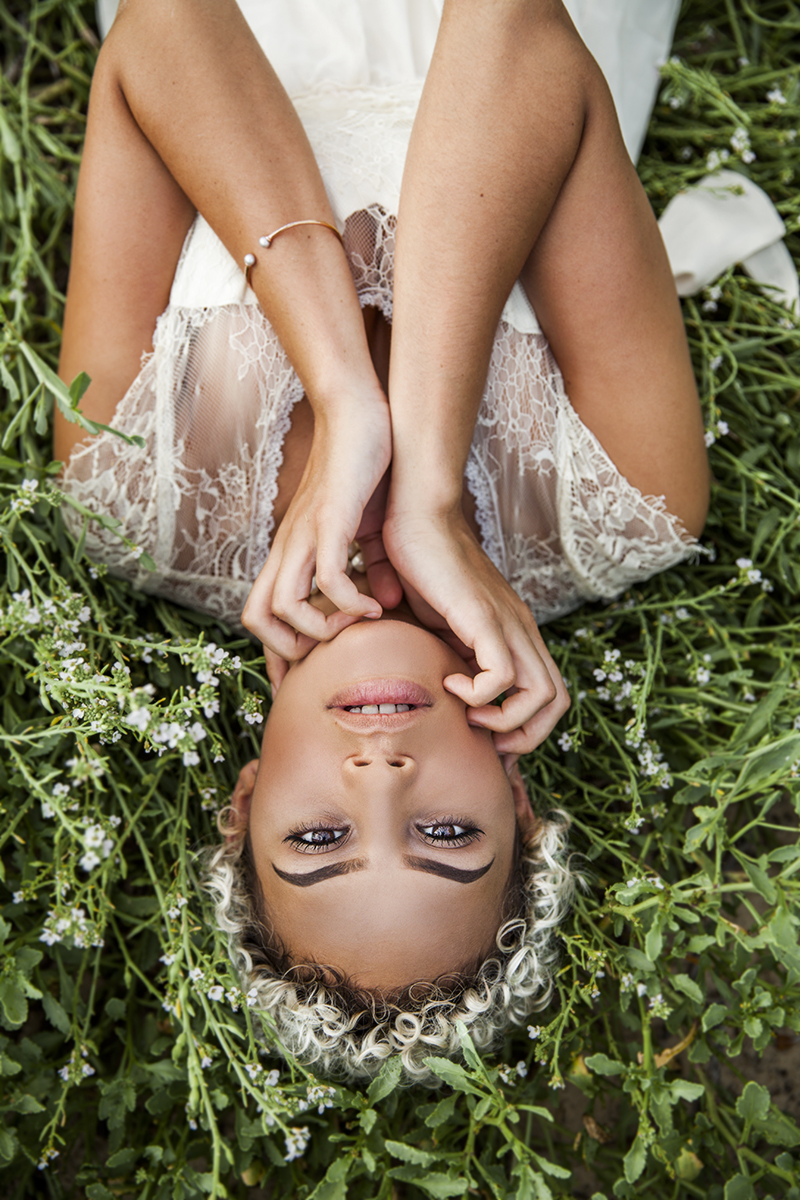The Novice's Overview to Product Photography
If a image deserves a thousand words, a stunning product image is worth a thousand web site brows through. Although I do not have information to back up that statement (yet), product photography can be extremely valuable to your ecommerce internet site strategy.
To reach your target market members that choose acquiring online, you also require to provide your audience clear, eye-catching images of your products.
Yet product photography isn't as straightforward as aiming and also shooting. Even the most fundamental products need the right tools, lights, and space to create beautiful images that sell shoppers right from the purchase web page.
6 Product Photography Tips ( as well as Examples) for Taking Pictures That Offer
Here are the ideas, examples, and supplies you'll require to efficiently picture and also market your items in a way that makes your visitors as well as leads want to convert.
1. Don't hesitate to utilize your mobile phone's cam.
This is the part where I'm meant to convince you to buy a premium, 50-megapixel (MP) cam with a 100-millimeter screw-on lens. Yet I'm not going to do that.
If you currently possess a electronic camera that fits this description, make use of it. But for numerous sorts of products, it's entirely appropriate to fire product photos on a smart device.
Newer mobile phones flaunt powerful video camera lenses and also settings that permit you to optimize your shots for the various sorts of light and atmospheres you may fire in.
If you need more persuading, just check out Apple's Shot On An apple iphone project as well as the pictures that have resulted from it for many years such as this set:
2. Fire from a tripod for photo uniformity.
Before describing tripods, I'm obligated to begin with a primary regulation: Don't prop your phone versus something tough to intend your lens towards the topic.
It's just also simple for this makeshift arrangement to slide around throughout the shoot and also cause disparities in your pictures' appearance. If you rest your camera on, state, a pile of books, simply be sure this arrangement does not change over the course of the shoot.
There's no damage in holding your cam yourself when firing simply a couple of product photos for your ecommerce website. But as your business grows, and you take extra photos of more items, it can be challenging to systematize the product's positioning in each photo when firing handheld.
To guarantee consistency across your products, you'll need a tripod. As well as the good news is, buying one isn't always the huge, industrial-sized investment it used to be.
Here are two types of tripods to consider.
Typical vs. Versatile
This is a tradition tripod-- there are typical tripods readily available for both cameras and mobile phones.
A versatile tripod can be controlled in a variety of methods. You can bend its legs and place it on different surfaces to get the angle you need.
Mobile Hold
There's commonly a screw on the top of your tripod which attaches to your cam to hold it in position. The bottom of the majority of professional-grade electronic cameras has a screw opening just for this objective, yet smart devices can utilize the adhering to adapter:
The adapter grips the sides of your mobile phone and also can screw right into either kind of tripod, enabling you to operate the cam controls with the phone display encountering outside and toward you.
As soon as you figure out which place you'll require, establish it up in front of your product, as well as consider putting 3 pieces of tape on the ground to mark where you would love to keep each leg of your tripod over the course of the shoot.
3. Pick all-natural light or artificial light.
Never ever ignore how specific kinds of light can enhance (or prevent) your product photography. Remember, buyers obtain the very best look at an thing in person, where they can see whatever they need to prior to getting. The appropriate illumination arrangement helps you expose those crucial decision-making product functions when all website visitors have to go on is a photo.
A single lighting arrangement could not benefit every product-- a lighting plan that helps some products might compromise the appearance of others.
There are 2 types of light you can choose as your major light: all-natural as well as man-made light.
All-natural Light
Natural light refers to sunshine-- easy as that. It's likewise known as "soft light" since the sunlight casts a bigger, softer range of light than, state, a light beaming directly on the product. Ecommerce product shots grow in all-natural light if:
The product is shot outside or indicated to be made use of outside.
The product is utilized by, endured, or shot with a individual (people often tend to look much better in all-natural light).You're trying to highlight the product's environments, rather than specific qualities of the product.
Right here's an instance of a shot using natural light:
Man-made Light
Artificial light includes candles, fire, as well as a lot more typically, light bulbs. It's likewise referred to as " tough light" due to the fact that it generates a smaller but much more focused light surface area. This kind of light satisfies products with physical information that require to be highlighted to thrill an online customer.
As a general regulation, stick to simply one kind of light per photo-- all-natural or synthetic. Adding all-natural light to an artificially lit photo can soften a product that's indicated to festinate, and including man-made light to a naturally lit photo can sharpen a product that's implied to look soft. You don't wish to get in your very own means.
4. Fill up or bounce your light to soften shadows.
Whether you use all-natural light or synthetic light, you'll require to minimize the shadows that any possible difficult light casts on the opposite end of a product.
There are three ways to do this:
Load Light
Consist of another, less-intense light to supplement your primary light. This extra light is called your fill light as well as is used as a counterbalance to soften the all-natural shadow your major light generates behind an things.
To do this, put your fill light contrary your major light so your product sits between both source of lights.
Flashbulb Bounce Card
A bounce card, or reflector card, is a small card that " mirrors" or " jumps" the main light back onto the surface area underneath your product to minimize shadows.
Some bounce cards attach to the flashbulb of a professional camera lens to diffuse the light from the video camera's flash. This card splashes a softer light onto the subject from above your set-- as opposed to right at it-- so you do not have long shadows trail behind the object you're firing.
Standalone Bounce Card
If you're firing from a smartphone, a flashbulb bounce card isn't an choice, because you don't have a physical flash you can connect it to. Instead, make your own standalone bounce card positioned opposite your main source of light.
For novices to product photography, this bounce card can successfully replace your fill light, which counters the hard light from the cam flash or light that's facing towards the front of your product.
5. Utilize a move or portrait mode to emphasize the product.
There isn't one appropriate method to place your product, lights, and also bounce cards-- they can transform significantly relying on your background. Yet don't select a history based on what's simplest to develop. Backgrounds need to look like how you want your purchasers to regard your product when seeing it online.
Take into consideration first whether you 'd such as a white background or a more dynamic, real-world background. There's an easy means to accomplish each one.
White Background: Sweep
For white histories, it's not as easy as establishing a table versus white drywall. Also smartphone video cameras can get little acnes on a white wall that you wouldn't notice with the nude eye. To capture a ideal white history without corners or acnes, utilize a sweep.

A sweep is a large bendable sheet of paper, whose bottom function as the surface area below your product and after that curves up right into a white wall behind the product.
On cam, the sweep's contour is unseen, emphasizing key product information and enabling the product to own all of a website site visitor's interest.
Real-World History: Picture Setting
Dynamic, real-world histories are very attractive when shooting items that have a particular usage or are being designed by a individual-- Photography Art as you saw aware of the briefcase previously in this guide.
However, it's easy for a real-world background to take the focus of the photo, making it uncertain which item in the photo you're actually selling.
Give your product deepness and emphasis with picture mode, a photo setting on a lot of expert video cameras, and also available on many new smartphones. This setup obscures the background so the context of the product is clear but not competing versus the product itself.
Below is a super outstanding photo of a HubSpot pen absorbed picture setting on a Google Pixel 2 (I took this image myself). You can tell the pen sits on a workdesk with a computer behind it, however the pen is still the focal point for customers:

6. Fire a range of pictures.
My last ecommerce photography idea to you is to not quit at one photo per product. Just as your consumers look, hold, utilize, and also try on goods in a store, your web site must fire a selection of images to simulate this very experience.

If you're firing apparel, as an example, capture the garment of Visit this website clothes alone-- that is, expanded on a white surface area-- as well as on a mannequin whose color contrasts the color of the product.
After that, for added photos, have the garments modeled on a person, permitting you to take photos of the product from the individual's different presents as well as angles.
Product Photography Set Up
Next off, let's summarize what we simply received-- here's a checklist of fast product photography set-up pointers that you can describe and share on your team:
• Pick a video camera-- whether or not that implies utilizing your smart device.
• Obtain a tripod that works for your cam of option.• Choose all-natural or fabricated lights-- think about which option is best for your product as well as environment.
• Determine whether you'll fill or jump light.• Select sweep or picture mode.
• Take several different pictures to use your viewers range.
Start With Your Product Photography
Don't really feel obligated to buy every tip and also piece of equipment at the same time. Use these product photography ideas progressively to see what makes your store look one of the most presentable, as well as transform your approach as your photography chops improve.